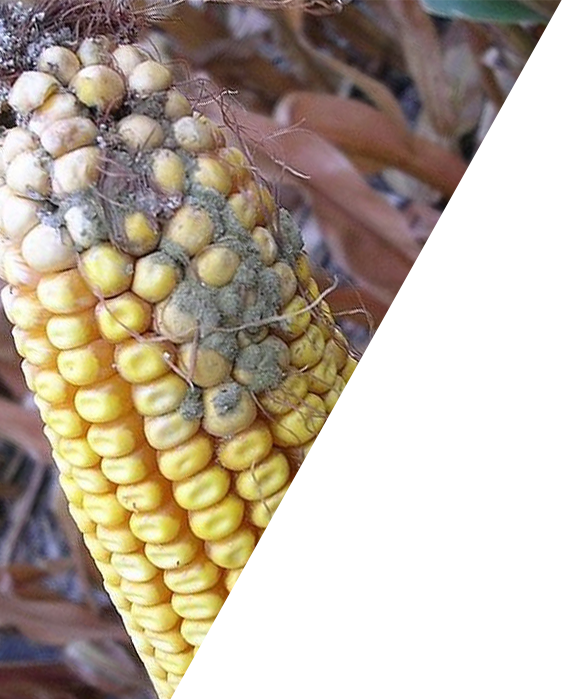



Mycosorb A+® soothes poultry problems
Poultry are particularly susceptible to aflatoxicosis, but in-feed mitigation of broiler diets using Mycosorb A+® can alleviate the problem.
Given the right conditions, aflatoxin-producing molds like Aspergillus flavus and Aspergillus parasiticus can grow well in common poultry feed ingredients.
The presence of moisture (12 percent or above), relative humidity (80 to 90 percent or above) and when ambient temperature sits between 10 and 42 degrees Celsius make for potent mycotoxin breeding grounds.
Poultry consuming contaminated feed grow more slowly and convert feed far less efficiently (due to impaired protein metabolism) compared to birds on clean diets.
Poultry science researchers at the College of Veterinary Science in Guwahati, India, have discovered that including esterified glucomannan (Mycosorb A+) at the rate of 1 gram per kilogram of feed is the optimum level for reversing the various adverse effects of this aflatoxicosis in broilers.
Effect of dietary esterified glucomannan
- Wade and Sapcota 2017
Broiler diets improved by Mycosorb A+
Scientists in Iran also conclude that dietary supplementation with Mycosorb A+ mitigates the impact of mycotoxins in broiler diets.
Researchers at the University of Birjand recently examined the effect of esterified glucomannan (Mycosorb A+) in broilers exposed to diets naturally contaminated with mycotoxins.
Performance, immunity, blood haematological and serum biochemical parameters were analysed.
Fifty and 100 percent naturally contaminated corn significantly decreased feed intake, weight gain and feed conversion ratio in broiler chicks between 7 and 49 days of age.
However, inclusion of esterified glucomannan at the rate of 1 gram per kilogram of finished feed efficiently reversed these adverse effects.
Effect of esterified glucomannan on broilers
- Mohaghegh et al 2017
Penicillium mycotoxins require more rigorous assessments
Different Penicillium mycotoxins (PM) mixtures follow different joint toxicity concepts, scientists in Canada have found, meaning more rigorous diet risk assessment protocols are needed.
Penicillium mycotoxins (PMs) are commonly found as mixtures in animal feeds; scientists are therefore always interested in the potential joint toxicity of PM mixtures.
There are several ways of determining the toxic interaction of compounds in a mixture.
Two basic toxicity evaluation concepts include independent action (IA), which assumes that different compounds in a mixture have a completely independent mode of action, and concentration addition (CA), which assumes that compounds have a similar mode of action.
Both concepts assume that the chemicals do not interact.
However, this study suggests that when assessing the risk of mycotoxin mixtures, both IA and CA concepts should be used if the mode of action is unknown.
The work showed that the tested PMs could be predicted by IA or CA within an approximate two-fold certainty, raising the possibility of a more accurate joint risk assessment of mycotoxins in food and feed.
Assessing interactions of binary mixtures of Penicillium - Oh et al 2017
How can molecularly imprinted polymers help with mycotoxins?
Research is underway into molecularly imprinted polymer and its potential to reduce constrictions in human and animal arteries caused by ergot alkaloids.
Alkaloids produced by the ergot fungus can produce strong and prolonged vasoconstriction in human and animal arteries and veins.
Using ex vivo myography, researchers based at the University of Kentucky recently looked at whether different concentrations of molecularly imprinted polymer could reduce the contractile response of the bovine lateral saphenous vein to these ergot alkaloids.
According to the scientists, there were no indications that imprinted polymers were more effective in reducing the contractile response of the vein compared with non-imprinted polymers.
These latest studies indicate that synthetic polymers are potentially effective in-feed adsorbents to mitigate potential ergot alkaloid toxicity.
However, further animal studies are required to assess the application of imprinted polymers as selective adsorbents of ergot alkaloids in feed.
Contractile response of bovine lateral saphenous vein - Kudupoje et al 2018